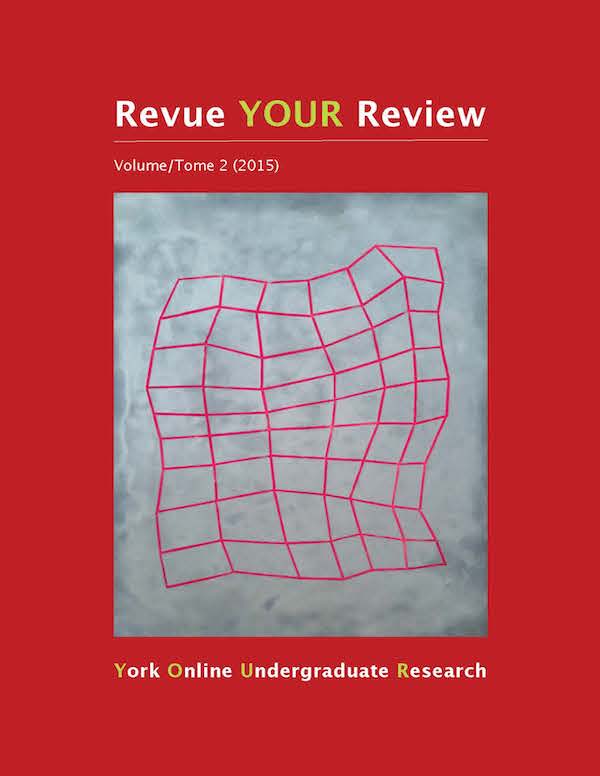Protein Timing and Distribution Following Resistance Training
Résumé
Skeletal muscle hypertrophy occurs when muscle protein synthesis (MPS) exceeds muscle protein breakdown (MPB). The most efficient way to increase MPS and thus result in muscle accretion can be done through resistance training (RT) and consumption of dietary protein. However, the quality, quantity, and timing of dietary protein are key variables that can influence MPS and muscle hypertrophy. With regard to protein quality, milk proteins (whey) seem to be superior to plant proteins such as soy. Furthermore, the maximal quantity of high-quality dietary protein to stimulate MPS following RT in young men is 20 g, whereas, in the elderly (age>65 years), at least 35-40 g of high-quality dietary protein maximizes MPS. There is no difference in MPS following RT in women compared to men despite having lower testosterone. The leucine content of a dietary protein source can also influence protein quality and quantity and is a potent stimulator of MPS. However, the timing and distribution of dietary protein following RT seems to be equivocal. Therefore, the focus of this review is to examine protein timing (pre-workout, post-workout, throughout the day) on maximizing muscle anabolism in various populations: untrained, trained, elderly, and different genders. Based on the literature, more research is needed on protein timing in women and the elderly following RT. Finally, a proposed study on investigating the chronic effects of protein quantity and distribution following RT is suggested to fill the gaps in the literature as most of the studies on this topic are acute in nature.
Téléchargements
Comment citer
Numéro
Rubrique
Licence
Les auteurs qui contribuent à la Revue YOUR Review acceptent de publier leurs articles selon une des trois catégories de la licence 4.0 : Creative Commons Attribution 4.0 International; Creative Commons Attribution-Pas d'Utilisation Commerciale 4.0 International; ou Creative Commons Attribution-Pas de Modification 4.0 International. Tout contenu éditorial de ce site ainsi que les affiches et les résumés sont sous la licence Creative Commons Attribution-Pas de Modification 4.0 International. Pour plus d’informations, veuillez voir :
https://creativecommons.org/licenses/
Dans tous les cas, les auteurs conservent leurs droits d’auteurs et concèdent à la Revue YOUR Review le droit de première publication. Les auteurs peuvent, par la suite, conclure d’autres accords de distribution non exclusifs de la version publiée dans ce périodique (par exemple, l’afficher à un dépôt institutionnel ou le publier dans un livre ou dans un autre périodique) à condition que la reconnaissance fasse mention de la publication originale dans la Revue YOUR Review.


